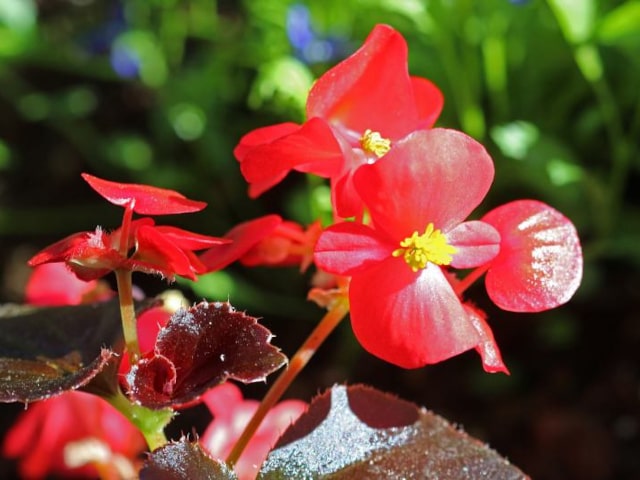
One of the greatest things about gardening is starting new plants directly from seed. While it is not possible to do it with all the plants, there are many of those that can be successfully started from seed. There is nothing like a feeling of success when you see the seed sprouting and new plants emerging from the ground.
Starting Wax Begonia Plants from Seed
A particularly great feeling is to have seeds so small that they resemble particles of dust. They may seem so tiny but they can turn into strong, healthy plants if you give them proper care.
There are many plants that produce dust-like seed. Out of those, wax begonias are among the easiest ones to germinate. This makes them into ideal choices for beginner gardeners and those who don't want to spend too much time on their plants.
Another good thing about begonias is that it is not so difficult to grow them into flowering. As long as you manage to keep them growing until their first true leaf is about an eighth of an inch across, chances are that you will be able to make them flower.
Planting Wax Begonia Seeds
The first step you need to take is to germinate begonia seeds. Keep in mind that these require warmth and constant moisture to germinate. It means that you need to choose a suitable container for germinating begonia seeds. Small plastic dishes such as those used for Chinese takeout make ideal planting containers. To prepare the plastic dishes, clean them out and punch a few drainage holes on the bottom. A heated ice pick works great for punching these holes but some people use scissors or even knife.
Once you have drainage holes, place some pebbles or coarse sphagnum moss over the holes. Make sure to fill the containers to a depth of about half of an inch. On top of this layer, place a mixture of peat moss and sand. Make this layer about one inch thick. Over this layer, place a third of an inch of screened sphagnum moss or fine vermiculite.
Make sure that this top layer is smooth. Set the container in a pan of water until the water soaks through the drainage holes all the way up to the top of the planting mixture. Leave the mixture to drain.
Once it is drained, it is time to plant begonia seeds. This is a simple step: simply dust the begonia seed over the top of the mixture.
Germinating Wax Begonia Seeds
Once you are done, make sure not to cover the container fully. Place the dish's own plastic cover over the seeds. Leave the container in a warm place to make germination quicker. It is best to keep germinating seeds at temperatures of 70 to 80 degrees F. This will make germination safe and fast.
Keep in mind that begonia seeds do not really need light to germinate. This is why it's safe to keep them covered with the top of the dish.
You should observe the top of the dish carefully to notice drops of moisture condensation on the underside. When this happens, simply take the top to wipe it dry and then place it over the seeds again.
Begonia seeds take about 10 days to germinate. After this period, you should notice tiny green sprouts appearing on the ground. When this happens, move the dish to a place where the new plants will receive plenty of light. Early morning sun is excellent but make sure not to leave your young begonias somewhere where the hot sun will touch them for more than a few minutes. So, light is preferable but not strong sun.
As germination nears its end, remove the top of the dish for a few minutes each day. Increase the time gradually to make your new seedlings let used to the light.
Growing the Seedlings
Young seedlings are tender so you need to take a good care of them. Keep in mind that the seedlings need plenty of light. If they don't get enough light they will become spindly or leggy. You should never let your seedlings dry out. Make sure to keep them at temperatures between 72 and 75 degrees F during the day. Night temperatures should be around 62 to 65 degrees F.
Let your new plants grow stronger before you transplant them. If you planted the seed early enough, chances are that you can wait until the new plants have several true leaves before you transplant them. In case you don't have so much time to wait, at least make sure that they have one or two true leaves before you transplant them. You should never transplant the new plants until they have at least one or, even better, two true leaves.
Photo credit: Marilylle Soveran
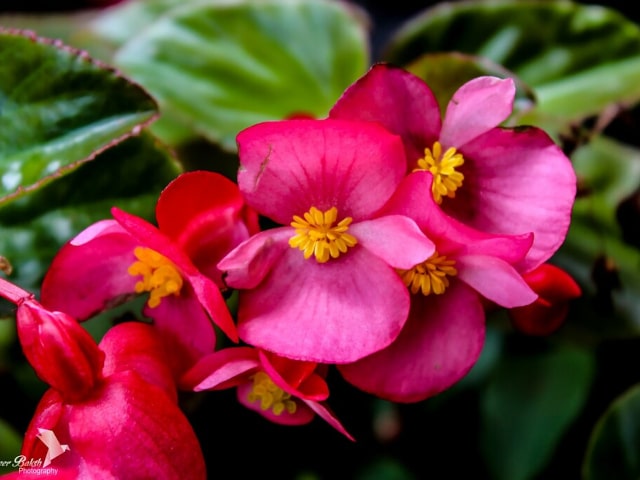
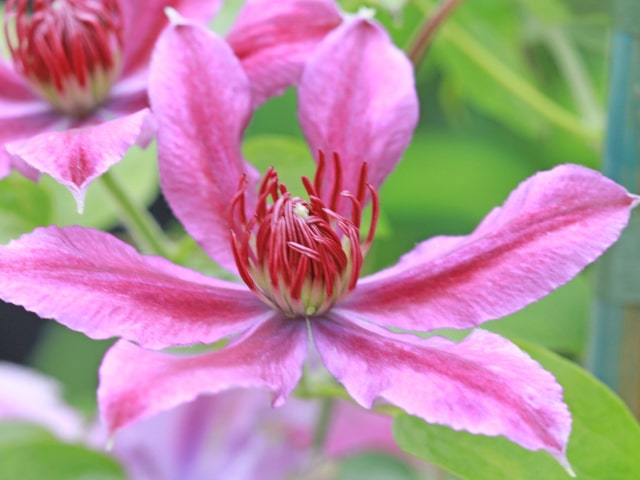
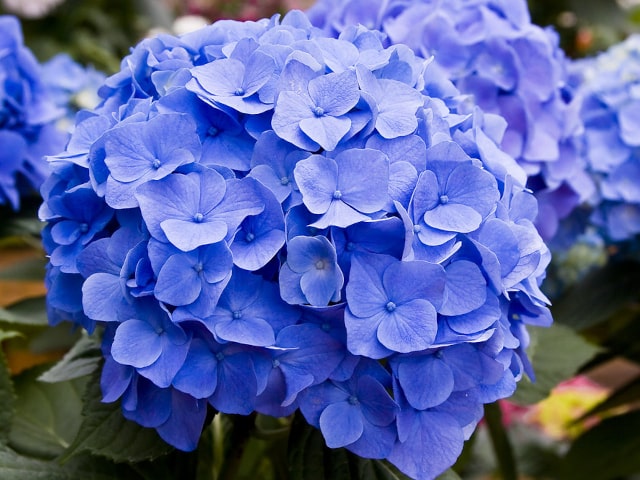
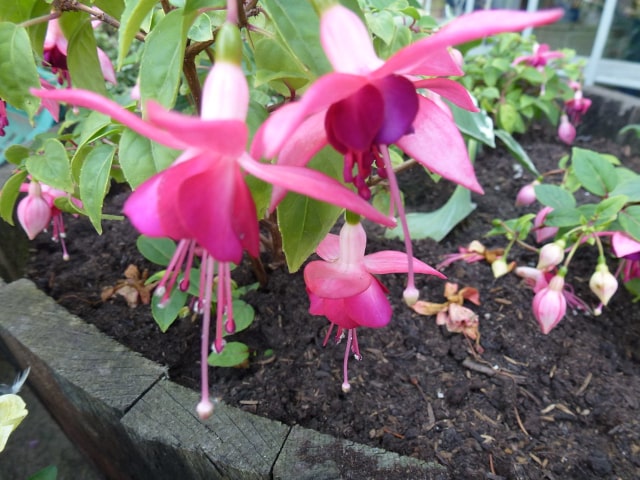
0 Comments